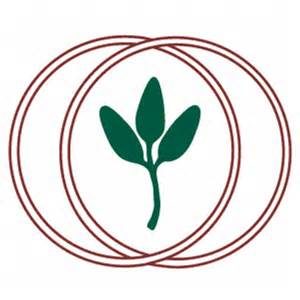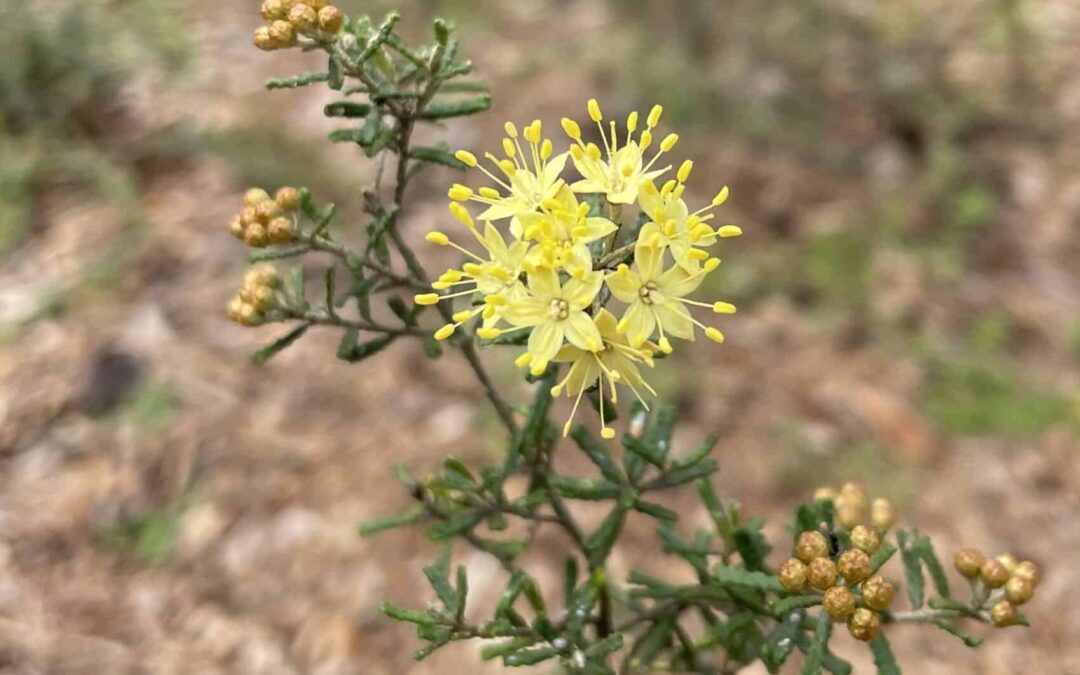Previously recorded throughout much of the Mallee region of western Victoria, the Mallee Phebalium, Phebalium glandulosum subsp. macrocalyx is now restricted to a few small populations south west of Swan Hill in north-western Victoria. There may be as few as 50 plants left in the wild in Victoria, and as such it is listed as Critically Endangered in Victoria under the Flora and Fauna Guarantee Act. The Mallee Phebalium is one of 24 threatened species that scientists and horticulture staff at the RBGV are working to protect as part of the Preventing the extinction of Victoria’s threatened flora project.
This small to medium shrub has small bright yellow flowers and prominently glandular leaves that are aromatic when crushed. Many species of Phebalium are grown as garden plants, however cultivation is generally by cuttings, as seeds are very difficult to germinate due to physical or chemical dormancy mechanisms. We currently do not know how to germinate the Mallee Phebalium, so part of the work by the RBGV will be collecting seeds and running germination trials to try to figure out how to make them grow. Seeds will then be placed in long-term storage in the Victorian Conservation Seedbank and plants grown in a living collection at the RGBV to insure against loss of this species in the wild.
This research is funded by DEECA Victoria’s Nature Fund. The ‘Preventing the extinction of Victoria’s threatened flora’ project is led by Royal Botanic Gardens Victoria in partnership with La Trobe University, Australian Network for Plant Conservation, DEECA, Trust for Nature, ENVITE, Bairnsdale & District Field Naturalists Club, Friends of the Grampians Gariwerd, Wimmera CMA, Nillumbik Shire, Halls Gap Botanic Gardens and the Australasian Native Orchid Society Victorian Branch.
Article Image: Mallee Phebalium (Phebalium glandulosum subsp. macrocalyx) – Photo credit: Andre Messina

